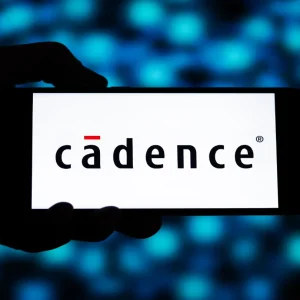Big data implies big headaches, and potentially big spend, but how do you turn this into big value?
The NoSQL database market is hotting up, and just as 2016 is set to be a year where NoSQL companies are on course to outnumber the ‘traditional database vendors’ so is the demand to monetise big data.
Organisations from start ups to blue chips are investing in big data. The IoT is opening up new dawns for many. Beyond eye catching gadgets and prototype flying cars, unveiled earlier this month in Las Vegas, the industry has been talking about turning big data into smart data for some time. Every day, more and more data is being produced by the increasing number of devices connected to the IoT – now the challenge is to determine what to do with it.
Startling research into FTSE250 UK companies by Moorhouse found that only 11 per cent of organisations believe that they are using big data effectively, let alone driving business value from it. It begs the question, why buy a Ferrari and never get behind the wheel? There’s currently a gap between the infrastructure and the ability to uncover real value out of the data. Businesses are sold on the importance of big data, but there’s a real lack of understanding on how to connect the dots, slowing down the business benefits and all important return on investment.
Linking big data, with an agile low latency database provides the crucial insight, businesses need to cut through the big data haze to shorten the time it takes to understand business critical applications which are driving revenue. As budgets are under increasing scrutiny, there’s a greater interest in understanding how to make the most of big data quickly and NoSQL databases have a big part to play in improving efficiencies with an agile and flexible solution.
NoSQL technology sits in a sweet spot, driving low latency and (high volume), user, employee and customer apps. These apps are producing new sources of revenue and reducing overhead costs, driving real value to customers. With big data, comes big capabilities, but companies investing in big data infrastructure need to integrate better in order to tap into a gold mine of new business applications which are driving new revenue for the company.
Big data clearly has a lot to offer – but companies are now realising that it takes more than data alone to drive revenue and make sales. You can analyse information all you want, but to make your investment in big data analytics really count, you need to put it toward increasing sales. If the results aren’t there, strategies need to be changed. If revenue decreases, you’re not using big data effectively. Don’t buy into the big data hype without realising that the only way it makes sense is if it is used to get more money out of it.






